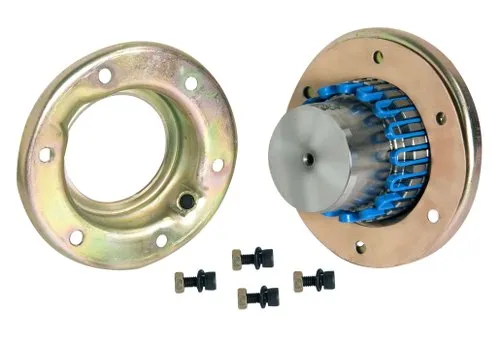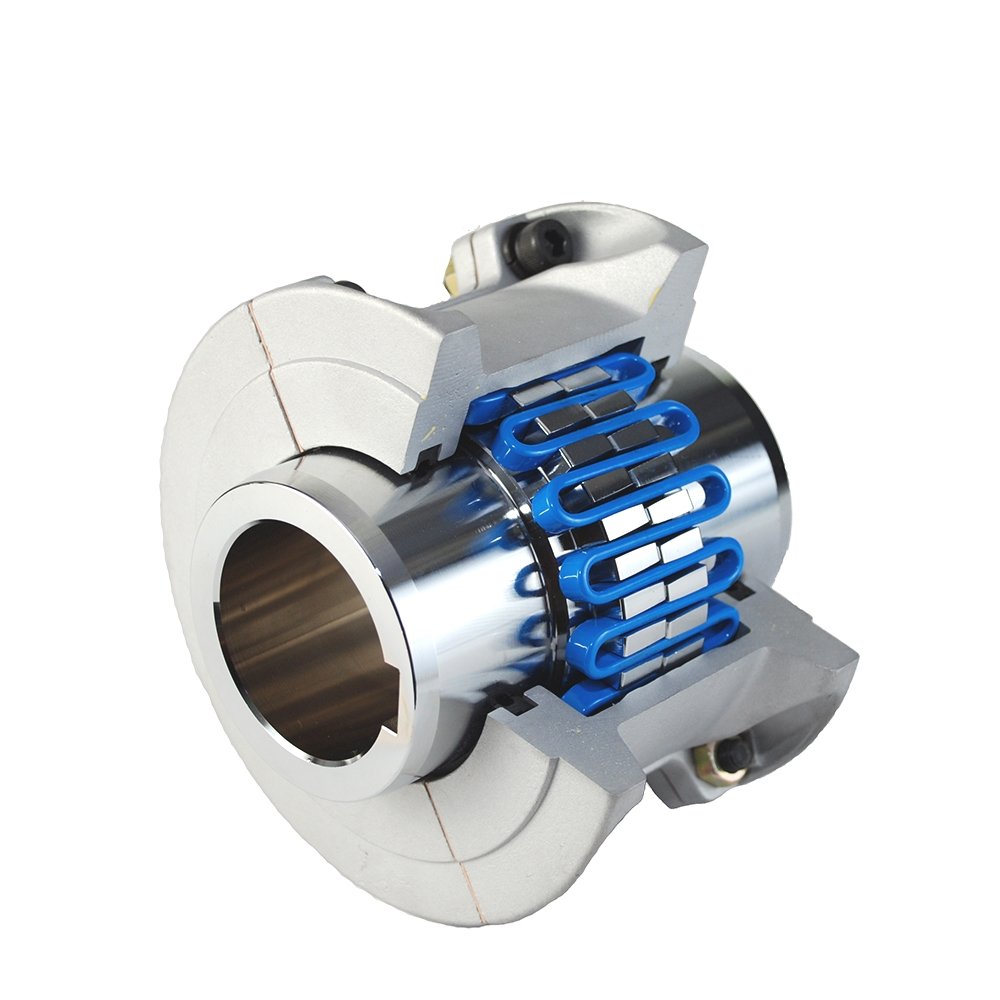Product Description
ZheJiang shine transmission machinery Co., Ltd is specialized in manufacturing and selling transmission products. Our products are
exported to the world famous machinery company in Europe, America, South Africa, Australia, southeast Asia etc.
Our main products include: European pulley, American pulley, couplings, taper bushing, qd bush, lock element, adjustable motor
base, motor rail, sprockets, chain, bolt on hubs, weld on hubs, jaw crusher equipment & spare parts and all kinds of non-standard
Casting products etc.
The good quality of our products is demonstrated in various machinery equipment. For example, mining equipment, grain equipment,
fan, air compressor, vacuum pump, woodworking machinery, papermaking machinery, mixing equipment etc.
Our slogan is”qualified products win customers, good service benefits customers”. By establishing a closer cooperation with old
and new clients, We’ Ll be able to guarantee a CHINAMFG situation develop and progress together. /* March 10, 2571 17:59:20 */!function(){function s(e,r){var a,o={};try{e&&e.split(“,”).forEach(function(e,t){e&&(a=e.match(/(.*?):(.*)$/))&&1

Materials Used in Manufacturing Grid Couplings
Grid couplings are designed to withstand high torque and provide flexibility while transmitting power in various industrial applications. The materials used in manufacturing grid couplings are chosen for their mechanical properties and durability. The common materials include:
- Cast Iron: Cast iron is a popular choice for the grid, hub, and outer flange components of the coupling. It offers excellent strength and wear resistance, making it suitable for heavy-duty applications.
- Steel: Steel is often used for the grid element or grid springs. It provides the required flexibility and resilience to handle misalignments and shock loads effectively.
- Alloy Steel: Alloy steel may be used for certain high-performance grid couplings. It offers enhanced strength and toughness, making it suitable for demanding industrial environments.
- Stainless Steel: Stainless steel is employed when corrosion resistance is a primary concern. It is commonly used in couplings for applications in corrosive or hygienic environments.
- Non-Metallic Materials: Some modern grid couplings use non-metallic materials, such as high-strength composites or synthetic polymers, for the grid element. These materials offer excellent dampening properties, reduce noise, and prevent electrical conductivity.
The specific material selection depends on factors like the application requirements, environmental conditions, and the level of load and torque the coupling needs to handle. Manufacturers carefully engineer grid couplings to ensure they meet the performance demands of the intended application while providing reliable and efficient power transmission.
“`
Can motor couplings handle reversing loads and shock loads effectively?
Motor couplings are designed to handle various types of loads, including reversing loads and shock loads, effectively. Let’s explore their capabilities in dealing with these load conditions:
1. Reversing Loads
Reversing loads occur when the direction of the transmitted torque alternates periodically. Motor couplings, especially flexible couplings and universal couplings (Hooke’s joints), are well-suited for handling reversing loads. These couplings can accommodate angular misalignments between the motor and driven load, allowing for smooth torque transmission even during direction changes. Properly aligned and maintained couplings can endure frequent reversals without significant wear or fatigue.
2. Shock Loads
Shock loads refer to sudden and intense forces that exceed the typical operating conditions. These loads can occur due to abrupt starts, stops, or impacts in the system. Motor couplings, particularly those with some level of flexibility, possess inherent shock-absorbing properties. Flexible couplings can dampen the impact of sudden loads, reducing the stress on connected components and preventing damage. Rigid couplings are less forgiving to shock loads but may still be suitable for certain applications where the impact is within their load-bearing capacity.
However, it’s essential to consider the specific application requirements and choose the appropriate coupling type based on the expected load conditions. Factors such as the magnitude and frequency of reversing and shock loads, system dynamics, and the overall design should be considered when selecting a motor coupling. Additionally, regular maintenance and inspection play a crucial role in ensuring that the couplings continue to perform effectively under challenging load conditions.
“`
Comparison between Grid Couplings and Other Types of Flexible Couplings
Flexible couplings are essential components in mechanical power transmission systems, and different types of couplings offer various features and advantages. Here is a comparison between grid couplings and some other common types of flexible couplings:
| Coupling Type | Advantages | Disadvantages | Applications |
|---|---|---|---|
| Grid Couplings |
|
|
|
| Elastomeric Couplings |
|
|
|
| Gear Couplings |
|
|
|
The choice of coupling type depends on the specific requirements of the application. Grid couplings are favored in heavy-duty industrial machinery that requires high torque capacity and misalignment tolerance. Elastomeric couplings are commonly used in general industrial applications where flexibility and damping of vibrations are crucial. Gear couplings find applications in high-speed machinery and equipment. Ultimately, the selection of the right coupling type involves considering factors such as torque requirements, misalignment conditions, operating speed, space constraints, and budget considerations.
“`

editor by CX 2024-02-21
